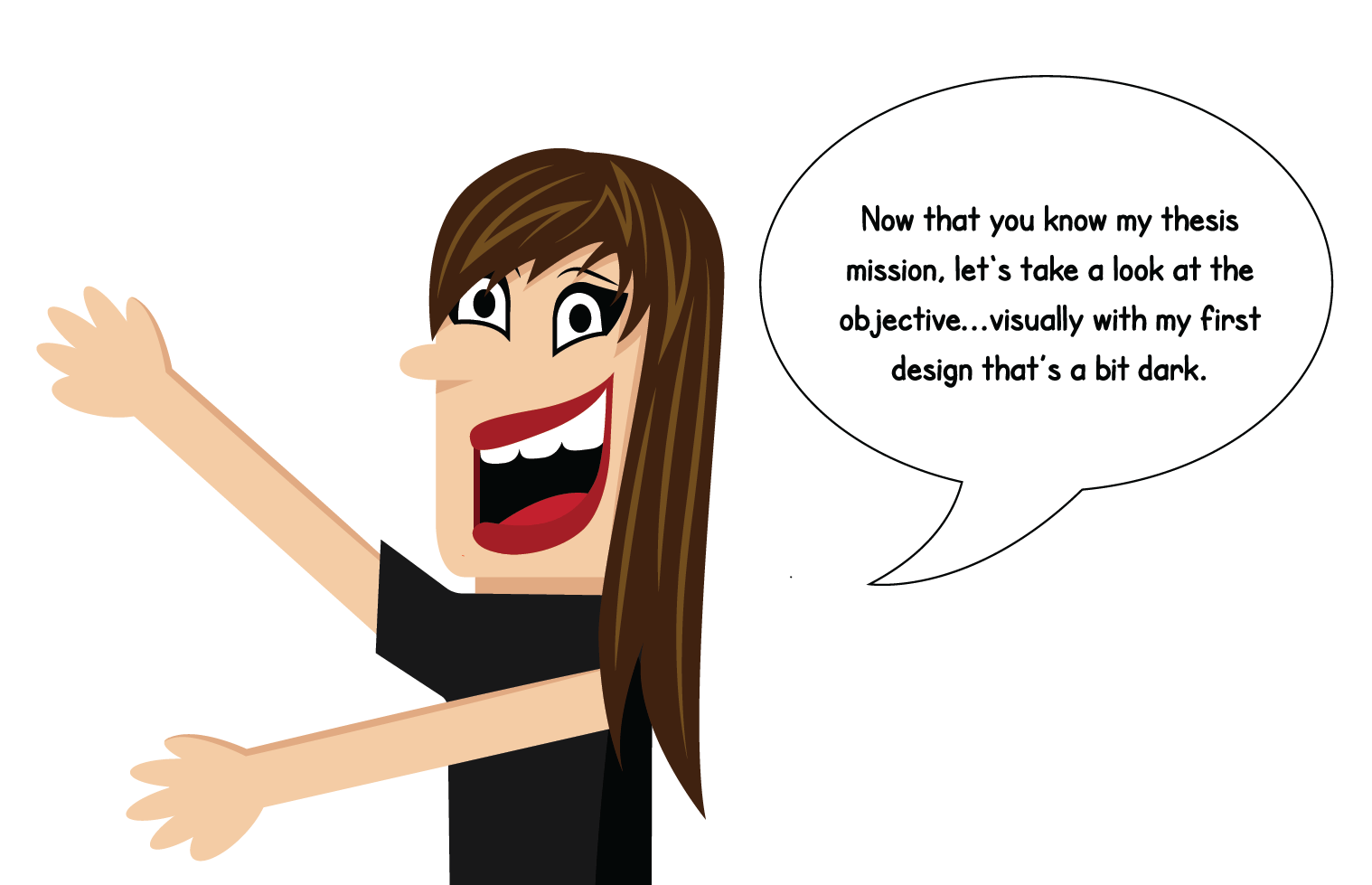



Since the articles in my literature review deals with Instagram and statistics, I know that an info-graphic would outline the statistics and I know that an Instagram business account has an insight page that has charts and data about the account's posts and its audience.
In relation to this, I decided to create an amination of an Instagram user going on Instagram, looking at the selfie posts, going onto their account page, clicking their account insights and present the selfie culture statistics in the form of the insight page. At the end of the animation, the user goes back to their feed and see a post that has a call to action to think about whether they should/shouldn't take a selfie after reading the data.


Since I want to post the animation on Instagram to reach my target audience, I realized that the iPhone size of the animation would not fit to Instagram's size format. Scaling it to a square size would be too small to view the statistics. Also, posting an Instagram animation on Instagram was not making any sense, so I decided to scrap this prototype and come up with a new one.

The second prototype that I want to create are two video essays, each on Selfie-Deaths and Selfie Narcissism. I want to use a real-life story in a video form to further contextualize the statistics and ask the viewer a rhetoric question about both issues.

After I tried exporting the videos to create the video essays, there was a copyright issue that prevented me to repost them. Since the videos are very serious, I feel like millennials won't pay attention to the videos, so I decided to scrap the video essay and instead communicate the selfie culture issues in their language that can speak to them.

For my third prototype, I decided that I want to create satiric selfie fact cards, basically a satiric illustration that depicts a problem in selfie culture, with a statistic about that specific issue at the bottom of the card. Since my previous outcomes were very serious, I want instead communicate these issues in a humorous way because these selfie issues are so ridiculous that they need to be ridiculed.
Humor, especially memes, are a big trend on social media that targets millennials – they love creating, searching, reading, and sharing them – humor is also remembered. Because selfie culture is also a huge trend on social media, by making the comic satiric, it can be triggering, which can influence millenials to critically think and debate about these issues.



The satiric humor with the “Sad, but True Selfie Fact” works well to understand the context of each of the issues in a language that speaks to millennials. However, making it into a comic strip to show how it leads to the problem leads me to take these satiric cards and create a narrative comic strip.

Satiric selfie comic strips are basically a satiric narrative that depicts and leads to a problem in selfie culture, with a statistic about that specific issue at the end of the narrative. The user would swipe through the frames side by side in one post on Instagram. Also, I created the logo for my Selfie Awareness brand.